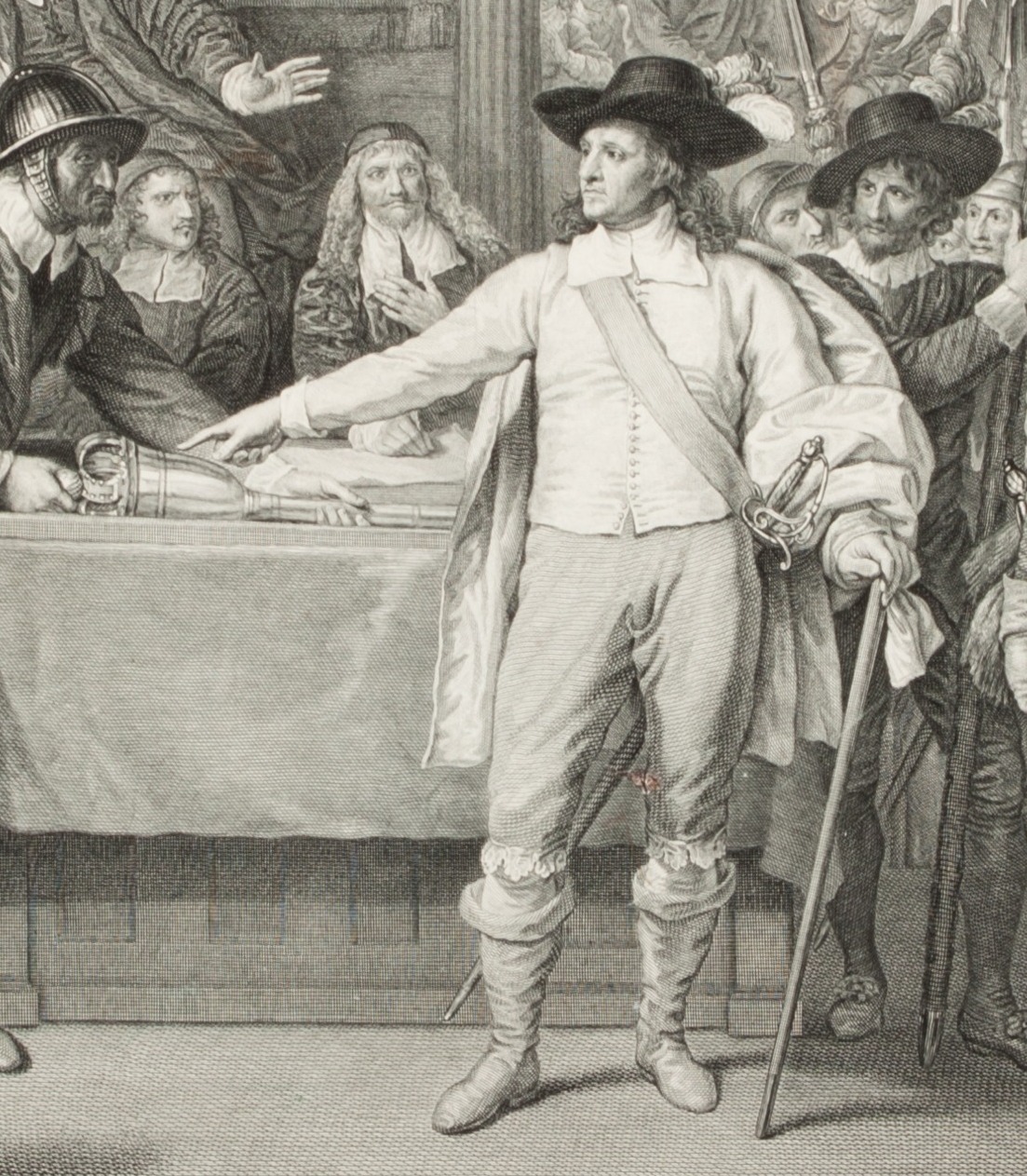
By Jim O’Neal
During the 1640s, England was plunged into a series of wars that, collectively, became known as the English Civil War. On one side were the Royalists – predominantly the aristocracy who supported King Charles I and his right to rule independently of Parliament.
On the other side were the Parliamentarians – mainly smaller landowners and tradesmen who held puritanical beliefs and disliked Charles’ autocratic rule.
Initially, the Royalists gained the upper hand, but in 1644 the Parliamentarians reorganized their troops under Oliver Cromwell and forced Charles to surrender in 1646. However, the king restarted the war two years later and this Second Civil War – which ended in a Royalist defeat at the Battle of Preston in 1648 – began a chain of events that led to King Charles’ trial for treason and his beheading in 1649.
Cromwell formed a republic called the Commonwealth of England, but he too had trouble with Parliament and imposed a stern puritan authority on both the Scots and Irish. Soon after he died, the country welcomed back Charles I’s exiled son, Charles II, and then his Catholic brother, James II.
However, this did not go well because of favoritism to Catholics, which offended both Anglicans and Protestants. Finally, in 1688, James was deposed by the Glorious Revolution and replaced by Protestant Queen Mary and her Dutch husband William of Orange.
In 1689, William and Mary accepted the Bill of Rights, trial by jury, and made the monarchy subject to the law of the land.
Since that time, Great Britain has remained a constitutional monarchy, in which no king or queen can ever defy Parliament, as King Charles I had attempted. Perhaps it is because it is easier to wear a crown if one has a head to place it upon!
 Intelligent Collector blogger JIM O’NEAL is an avid collector and history buff. He is President and CEO of Frito-Lay International [retired] and earlier served as Chairman and CEO of PepsiCo Restaurants International [KFC Pizza Hut and Taco Bell].
Intelligent Collector blogger JIM O’NEAL is an avid collector and history buff. He is President and CEO of Frito-Lay International [retired] and earlier served as Chairman and CEO of PepsiCo Restaurants International [KFC Pizza Hut and Taco Bell].
